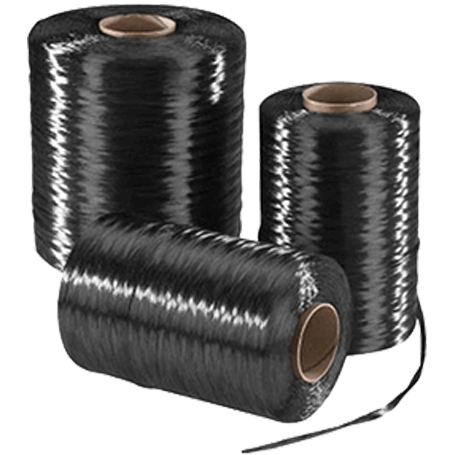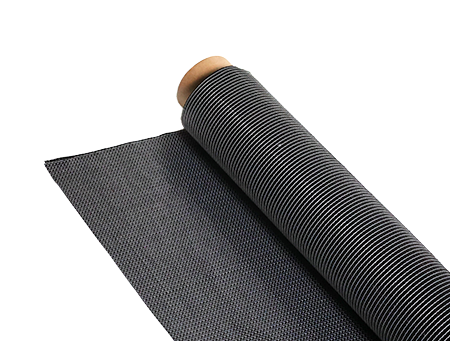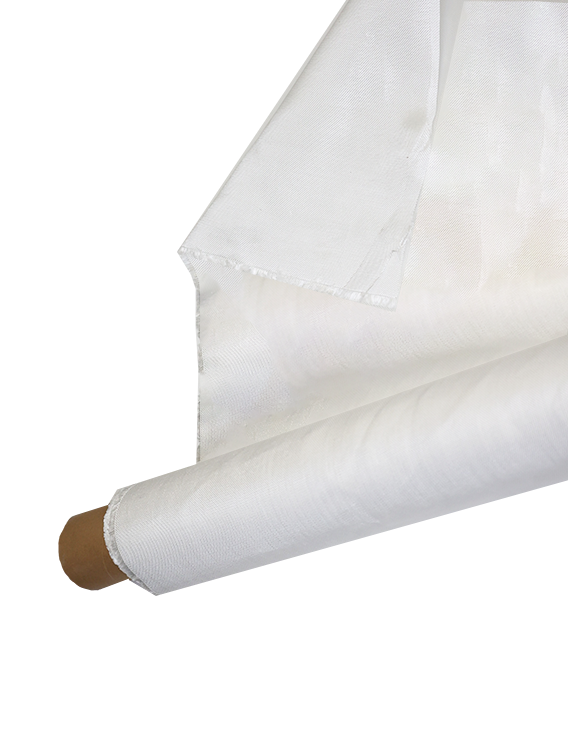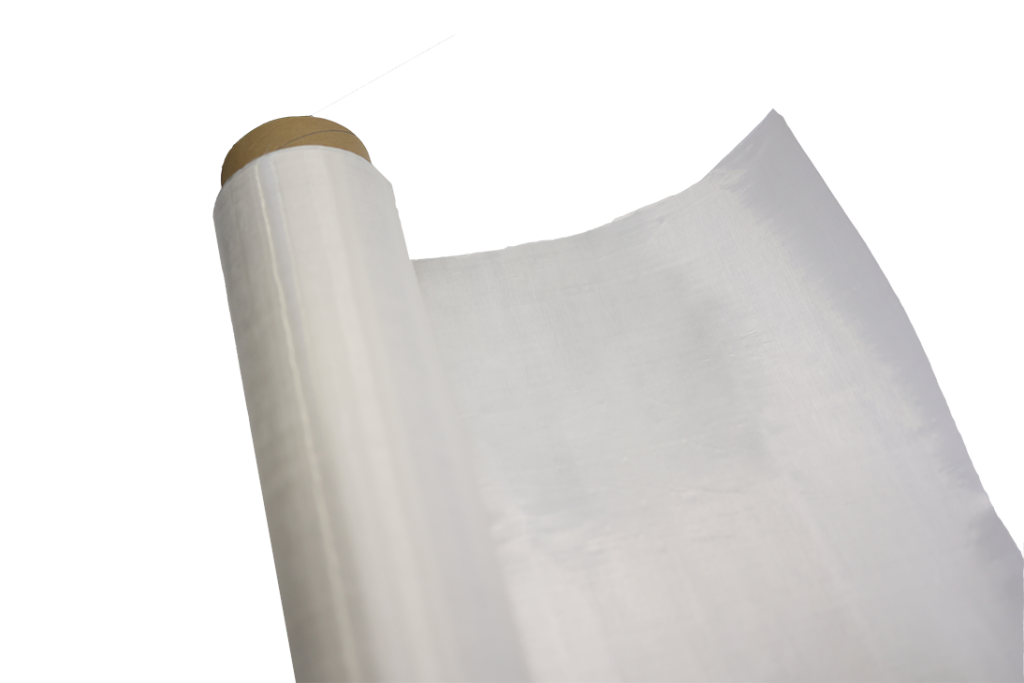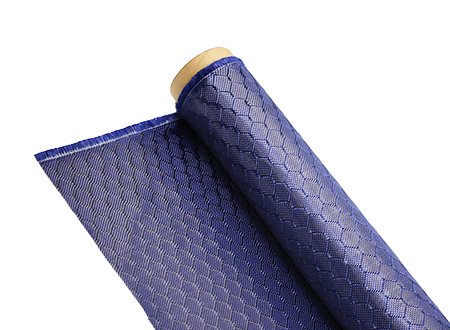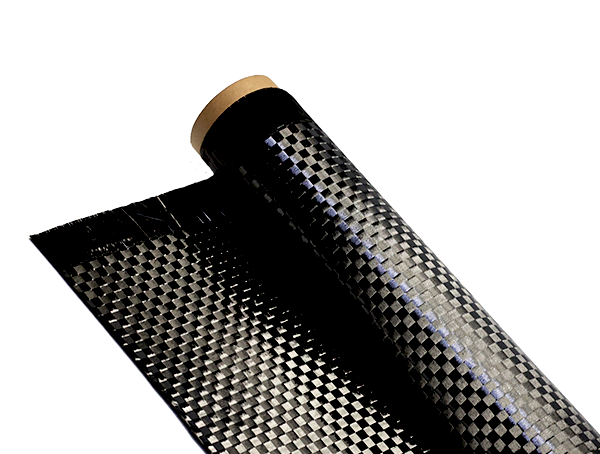Раскрытие силы: непревзойденная мощь арамидной ткани в защитном снаряжении
-
Оглавление
“Арамидная ткань vs. Carbon Fiber: Unmatched Heat Resistance Meets Superior Durability.”
Введение
Арамидная ткань and carbon fiber are two advanced materials widely used in various industries due to their exceptional properties. Арамидная ткань, known for its high heat resistance and strength, is commonly utilized in protective clothing, aerospace, and automotive applications. In contrast, carbon fiber is celebrated for its lightweight nature and superior tensile strength, making it ideal for high-performance applications such as sports equipment and aerospace components. This comparison explores the heat resistance and durability of both materials, highlighting their unique characteristics, advantages, and limitations in different environments and applications. Understanding these differences is crucial for selecting the appropriate material for specific needs, particularly in scenarios where heat exposure and mechanical stress are critical factors.
Aramid Fabric: Superior Heat Resistance in Extreme Conditions
Арамидная ткань, known for its exceptional heat resistance and durability, has become a material of choice in various high-performance applications, particularly in extreme conditions. This synthetic fiber, which includes well-known brands such as Kevlar and Nomex, is engineered to withstand high temperatures and resist degradation, making it particularly suitable for environments where thermal stability is paramount. The unique molecular structure of aramid fibers contributes to their ability to maintain integrity under intense heat, often exceeding temperatures of 400 degrees Fahrenheit without significant loss of performance. This characteristic is particularly advantageous in industries such as aerospace, automotive, and firefighting, where exposure to extreme heat is a common challenge.
Более того, Арамидная ткань exhibits remarkable resistance to chemical degradation, further enhancing its utility in harsh environments. Unlike many traditional materials that may weaken or become brittle when exposed to chemicals or high temperatures, aramid fibers retain their strength and flexibility. This resilience is crucial in applications such as protective clothing for firefighters and military personnel, where the risk of exposure to flames and hazardous substances is ever-present. The ability of Арамидная ткань to withstand not only heat but also chemical exposure ensures that it provides reliable protection, thereby enhancing the safety of individuals working in perilous conditions.
In addition to its heat resistance, Арамидная ткань is lightweight, which is another significant advantage in applications where weight reduction is critical. For instance, in aerospace engineering, the need for materials that do not compromise structural integrity while minimizing weight is essential for improving fuel efficiency and overall performance. The lightweight nature of Арамидная ткань allows for the creation of composite materials that can be used in aircraft and spacecraft, where every ounce counts. This combination of heat resistance and low weight makes Арамидная ткань an ideal choice for components that must endure extreme thermal conditions without adding unnecessary bulk.
Кроме того, долговечность Арамидная ткань extends beyond its thermal properties. The fibers are inherently strong, providing excellent tensile strength that surpasses many traditional materials. This strength translates into enhanced durability, allowing Арамидная ткань to withstand mechanical stresses and impacts that would typically compromise other materials. As a result, products made from Арамидная ткань tend to have a longer lifespan, reducing the need for frequent replacements and contributing to cost-effectiveness in the long run.
In contrast to carbon fiber, which, while also known for its strength and lightweight properties, does not offer the same level of heat resistance, Арамидная ткань stands out in applications where thermal exposure is a critical factor. Carbon fiber can become compromised at elevated temperatures, leading to a loss of structural integrity. This limitation makes Арамидная ткань a more suitable option for applications that require not only strength but also the ability to endure extreme heat without degradation.
В заключение, Арамидная ткань‘s superior heat resistance and durability make it an invaluable material in various high-performance applications. Its ability to withstand extreme temperatures, resist chemical degradation, and maintain strength under mechanical stress positions it as a leading choice for industries that demand reliability and safety in challenging environments. As technology continues to advance, the role of Арамидная ткань in protective gear and high-performance components will likely expand, further solidifying its status as a critical material in the face of extreme conditions.
Carbon Fiber: Unmatched Durability for High-Performance Applications

Carbon fiber has emerged as a material of choice in various high-performance applications, primarily due to its unmatched durability and strength-to-weight ratio. This composite material, composed of thin strands of carbon atoms bonded together in a crystalline structure, exhibits remarkable mechanical properties that make it ideal for demanding environments. One of the most significant advantages of carbon fiber is its exceptional tensile strength, which allows it to withstand substantial forces without deforming or breaking. This characteristic is particularly beneficial in industries such as aerospace, automotive, and sporting goods, where performance and safety are paramount.
In addition to its impressive strength, carbon fiber is also known for its lightweight nature. This combination of low weight and high strength enables manufacturers to create components that enhance overall efficiency and performance. For instance, in the automotive sector, the use of carbon fiber in vehicle construction can lead to reduced weight, which in turn improves fuel efficiency and handling. Similarly, in aerospace applications, the reduction in weight contributes to increased payload capacity and improved fuel economy, making carbon fiber an invaluable asset in the quest for more efficient transportation solutions.
Moreover, carbon fiber exhibits excellent resistance to fatigue, which is a critical factor in applications subjected to repeated stress and strain. Unlike traditional materials that may weaken over time due to cyclic loading, carbon fiber maintains its structural integrity, ensuring longevity and reliability. This durability is particularly advantageous in high-performance sports equipment, where the material must endure rigorous use while maintaining its performance characteristics. For example, carbon fiber is commonly used in the construction of bicycles, tennis rackets, and golf clubs, allowing athletes to benefit from enhanced performance without compromising on durability.
Furthermore, carbon fiber’s resistance to environmental factors adds to its appeal in various applications. It is inherently resistant to corrosion, which means it can withstand exposure to moisture, chemicals, and UV radiation without degrading. This property is especially important in marine and outdoor applications, where materials are often subjected to harsh conditions. By utilizing carbon fiber, manufacturers can produce components that not only perform exceptionally well but also require less maintenance over time, ultimately leading to cost savings and increased reliability.
While the advantages of carbon fiber are numerous, it is essential to consider its limitations as well. The manufacturing process for carbon fiber can be complex and costly, which may limit its use in certain applications where budget constraints are a concern. Additionally, while carbon fiber is highly durable, it can be susceptible to impact damage, which may compromise its structural integrity if not properly managed. Therefore, careful consideration must be given to the specific requirements of each application to determine whether carbon fiber is the most suitable material.
In conclusion, carbon fiber stands out as a premier choice for high-performance applications due to its unmatched durability, lightweight properties, and resistance to fatigue and environmental factors. Its ability to enhance performance while ensuring longevity makes it a favored material across various industries. As technology continues to advance, the potential for carbon fiber applications will likely expand, further solidifying its position as a critical material in the realm of high-performance engineering.
Comparing Aramid Fabric and Carbon Fiber: Which Material Lasts Longer?
When evaluating the longevity and performance of materials used in demanding applications, Арамидная ткань and carbon fiber emerge as two prominent contenders. Both materials are celebrated for their unique properties, yet they exhibit distinct characteristics that influence their durability and heat resistance. Understanding these differences is crucial for industries ranging from aerospace to automotive, where material selection can significantly impact safety and performance.
Арамидная ткань, known for its exceptional strength-to-weight ratio, is primarily composed of synthetic fibers such as Kevlar and Nomex. These fibers are engineered to withstand high temperatures, making Арамидная ткань particularly suitable for applications that involve exposure to heat and flames. For instance, Nomex is often utilized in protective clothing for firefighters and industrial workers due to its ability to resist thermal degradation. This inherent heat resistance allows Арамидная ткань to maintain its structural integrity even under extreme conditions, contributing to its longevity in high-stress environments.
In contrast, carbon fiber is renowned for its stiffness and lightweight properties, which are achieved through the arrangement of carbon atoms in a crystalline structure. While carbon fiber excels in tensile strength and rigidity, its performance under high temperatures can be a limiting factor. Typically, carbon fiber composites can withstand temperatures up to approximately 150°C (302°F) before experiencing degradation. This temperature threshold, while adequate for many applications, may not suffice in scenarios where prolonged exposure to heat is a concern. Consequently, the longevity of carbon fiber in high-temperature environments can be compromised, leading to potential failures over time.
Moreover, the durability of both materials is influenced by their resistance to environmental factors. Арамидная ткань demonstrates remarkable resilience against abrasion and impact, which enhances its lifespan in applications such as ballistic vests and automotive components. Its ability to absorb energy and resist wear makes it a preferred choice in situations where mechanical stress is prevalent. On the other hand, carbon fiber, while strong, can be susceptible to damage from ultraviolet (UV) radiation and moisture. Over time, exposure to these elements can lead to a reduction in the material’s mechanical properties, ultimately affecting its durability.
Transitioning from heat resistance to environmental resilience, it is essential to consider the specific application when determining which material lasts longer. For instance, in aerospace applications where weight is a critical factor, carbon fiber may be favored for its superior strength-to-weight ratio. However, in scenarios where heat exposure is a significant concern, Арамидная ткань may prove to be the more durable option. Additionally, the manufacturing processes and composite formulations can further influence the performance of both materials, as advancements in technology continue to enhance their properties.
В заключение, сравнение между Арамидная ткань and carbon fiber reveals that each material has its strengths and weaknesses regarding heat resistance and durability. Арамидная ткань excels in high-temperature environments and offers excellent abrasion resistance, making it suitable for protective applications. Conversely, carbon fiber provides exceptional stiffness and lightweight characteristics, although its performance may be limited under extreme heat and environmental exposure. Ultimately, the choice between Арамидная ткань and carbon fiber should be guided by the specific requirements of the application, ensuring that the selected material aligns with the desired performance criteria and longevity expectations.
Вопросы и ответы
1. **Question:** Which material has better heat resistance, Арамидная ткань or carbon fiber?
**Отвечать:** Арамидная ткань generally has better heat resistance compared to carbon fiber, as it can withstand higher temperatures without degrading.
2. **Question:** How does the durability of Арамидная ткань compare to that of carbon fiber?
**Answer:** Carbon fiber is typically more durable than Арамидная ткань in terms of tensile strength and stiffness, making it more suitable for high-stress applications.
3. **Question:** In terms of performance under extreme conditions, which material is preferable?
**Отвечать:** Арамидная ткань is preferable for applications requiring high heat resistance and impact protection, while carbon fiber is better for applications needing high strength and rigidity.

